Bad, mad and blood-curdling, anthology of crimes that shocked Australia: Part 2, D-G
Two Sydney loners who between them took 12 lives in senseless gun slaughters, the horrific case of two Thai sex workers thrown to the crocs, and a murderous mum who dismembered her neighbour. The Daily Telegraph continues its alphabetical compilation of crimes that horrified, intrigued and scandalised a nation. Part 2 of a 6-part series.
Some were the stuff of nightmares, others turned into TV hits and best-sellers but all still capable of sending a chill down your spine.
In this alphabetical compilation of crimes that scandalised Australia, we highlight some the most notorious, brutal and outright bizarre from the last century to the current day.
D...IS FOR
IT must have been a horrible way to die. After the scantily-clad bodies of two prostitutes floated to the surface of crocodile-infested waters in Darwin, police established they were still alive when they were tossed to their deaths.
A subsequent double murder investigation would lead police to two mates who had known each other since school.
In a killer friendship that sprouted from the schoolyard, Ben William McLean met Vietnamese migrant Phu Ngoc Trinh on a rural school bus in 2000.
Trinh’s father had been a soldier in the South Vietnamese Army before the family fled to Australia via NZ, eventually settling in Darwin up the road from Humpty Doo where he met baby-faced McLean.
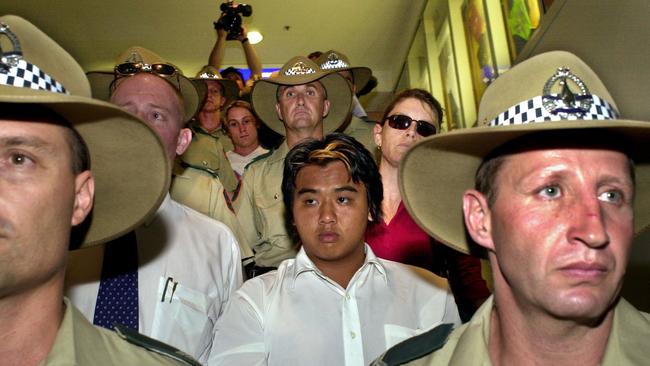
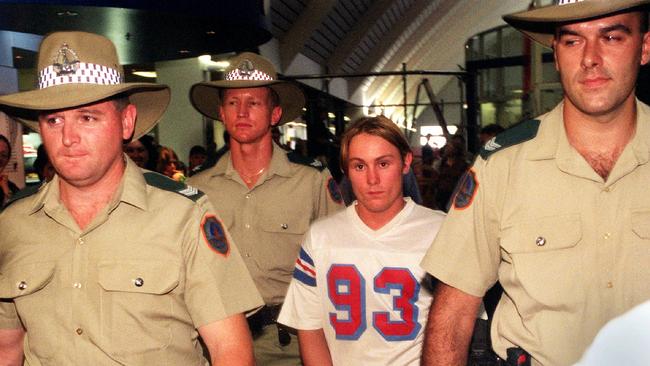
Years later as teenagers, the partners-in-crime would commit an act of madness that would no longer see them bound by friendship, but a conviction for a double murder that shook Australia.
It all started with a phone call to freelance Darwin prostitute Phuangsri “Poncee’’ Kroksamrang on the last Sunday in February, 2004.
Trinh was on the other end of the line and ordered two sex workers - at $200 a pop - for the following night.
The next day, he started preparations by purchasing red rope, cable ties and masking tape before confirming with Ms Kroksamrang, 58, that he would pick up his order later on.
Ms Kroksamrang then asked her 27-year-old protege, Somjai “Noi’’ Insamnan, if she wanted to help her out with the order.
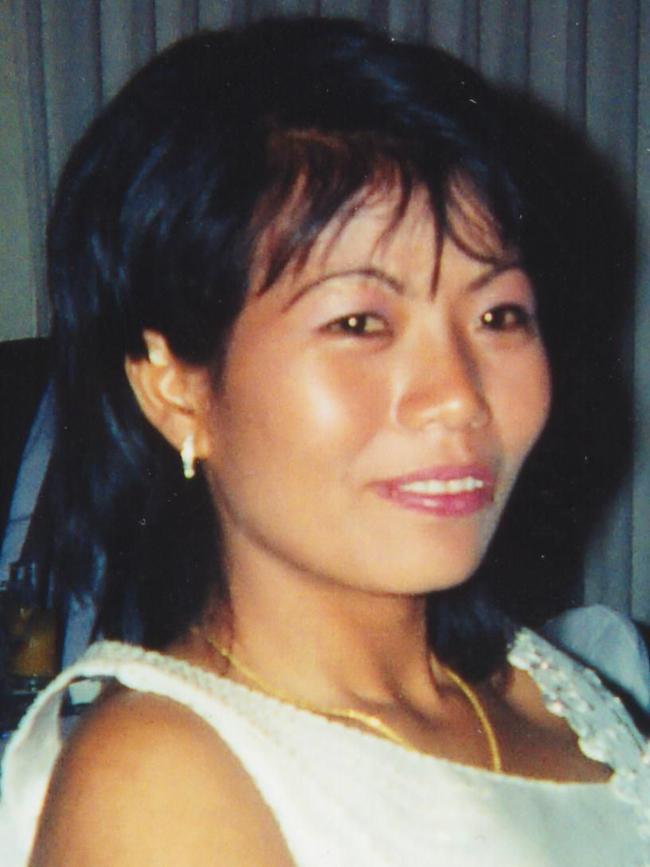

Ms Insamnan was known as a woman who never turned down a job because she worked to support her son back in Thailand. Her dedication to the industry proved fatal.
Both teens had sex with the younger working girl, while Trinh also engaged in some sexual activity with the older woman.
The prostitutes were expecting to be paid for their hard work. Instead, they were bound and forced into the back of a van.

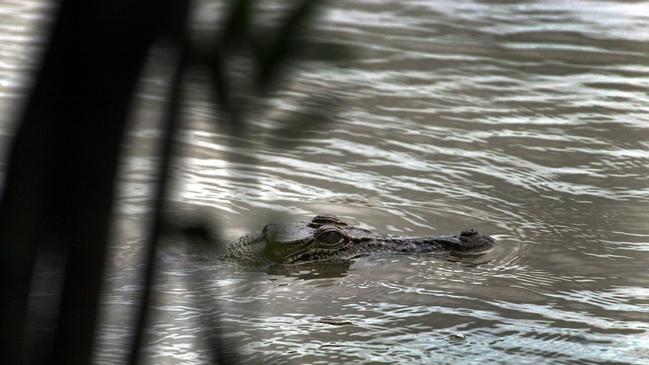
Rope was used to strangle both prostitutes. Cable ties secured the women’s legs and batteries attached to their arms using rope before the women were hurled over the railing of the Adelaide River bridge.
Their bodies sunk to the bottom of the large waterway, known to have one of the highest concentration of saltwater crocodiles in the world.
They were not dead when they were discarded into the river, nor were they conscious.
Both women drowned, their bodies surfacing about two days later. The best mates were found hiding in a Brisbane wardrobe days later.
Trinh and McLean were later sentenced to life in prison.
———————————————————————————————————————

E IS FOR...
PAUL Anthony Evers was jailed for 25 years for the August 1990 killing of five people in a Surry Hills housing block , initially thought to have been sparked after he believed one of his neighbours called him a dole bludger.
It later emerged that Evers’s half sister — who he was having an “intimate relationship” with — was terrified and planned to leave him, prompting the mass shooting.
He was found not guilty of five counts of murder by reason of mental illness, but convicted of five offences of manslaughter.

He served almost all of his total term of 25 years in jail.
He was released on parole in 2012 but had it revoked for “indecently touching” a disabled woman and using drugs.
Upon his release the State of NSW applied for an extensive supervision order, which includes having a GPS tracking device placed on him as well as being subjected to monitoring up to 24 hours a day.
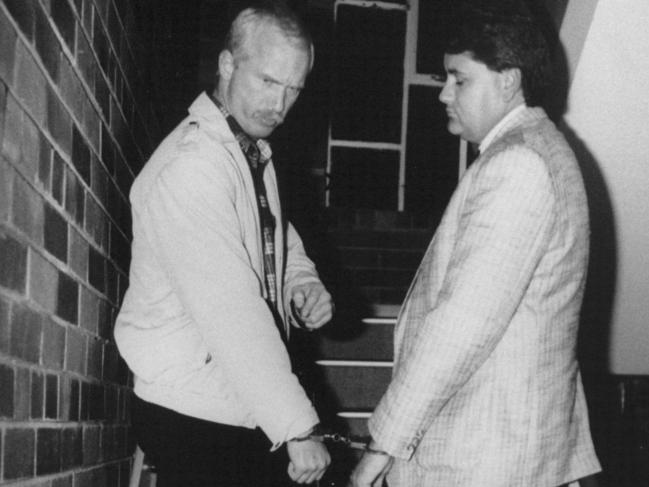
The court heard Evers had untreatable schizophrenia and was deemed a “medium risk” of reoffending.
Justice Stephen Campbell later granted the state’s application for the extended order which will expire on November 20, 2020 on the condition Evers wore a tracking device on his ankle.
Justice Campbell also accepted the remarks of one psychiatrist that Evers, if he relapses, is likely to “lash out randomly ... to whoever is nearby at the time”.
“I accept that wearing the anklet may inhibit Mr Evers’ involvement in “prosocial” activities which are desirable for his reintegration into the community,” Justice Campbell said.
———————————————————————————————————————
F IS FOR...
THE bullets that tore through Strathfield Plaza from Wade Frankum’s SKS semi-automatic rifle on Saturday, August 17, 1991 took more than just seven innocent lives — they also forced a heartbroken nation to confront the issue of gun reform.
In the immediate aftermath though, the images of shell-shocked shoppers spoke of the speed with which a madman struck.
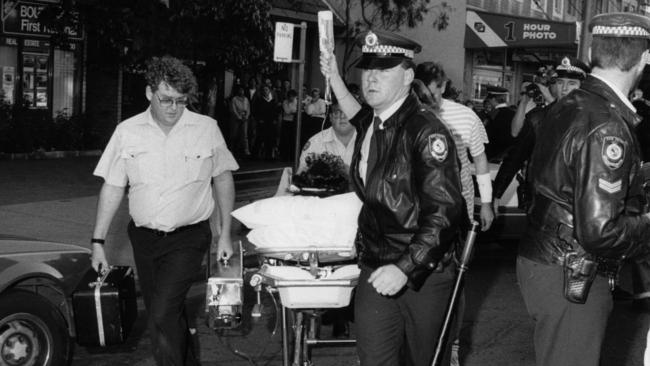

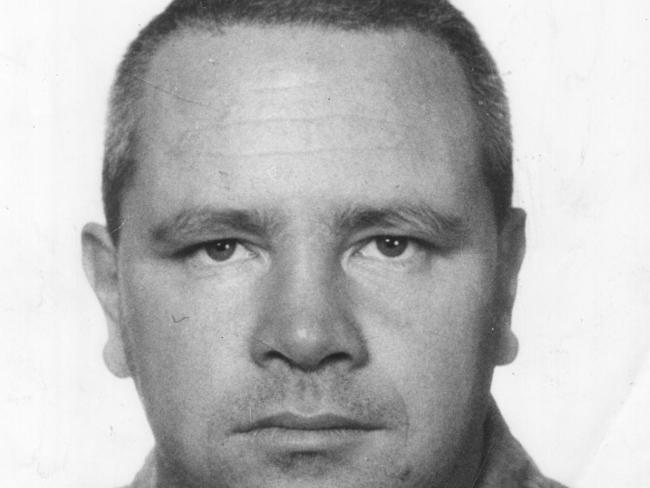
No one knows what drove the actions of Frankum, but the 33-year-old’s deadly legacy was one of violence, misogyny and hatred.
In all, five women and two men lost their lives at the suburban shopping precinct, while a further six were injured.
Frankum, a sometime-taxi driver, brought his 10-minute rampage to a horrific close when he turned a gun on himself as police closed in.


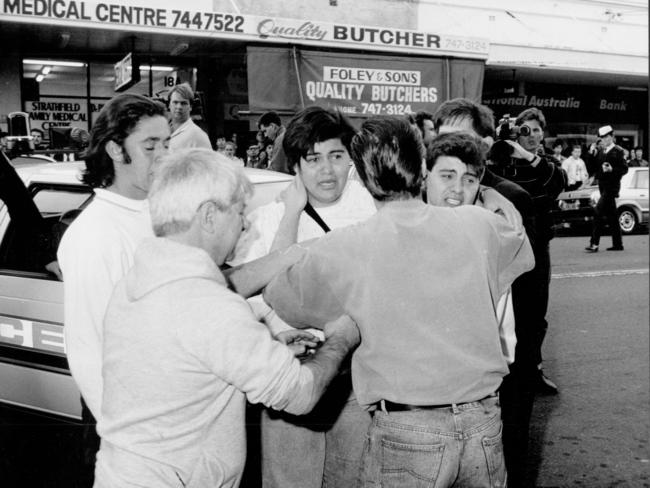
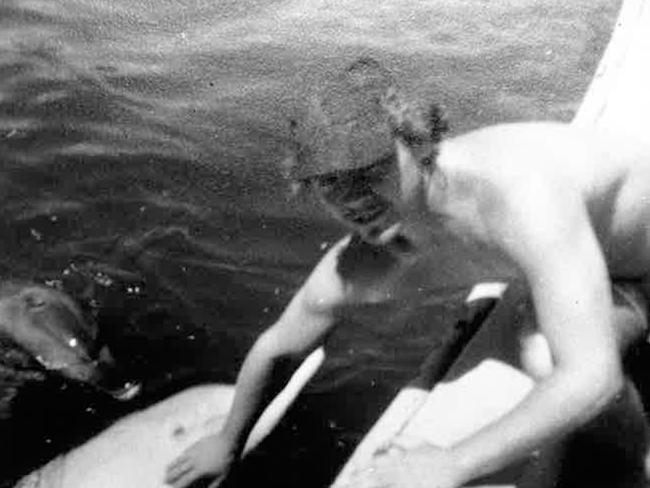
Coroner Kevin Waller wrote in his report that at this time “whatever demon had been impelling Frankum deserted him.
“It is clear that by this time he had killing on his mind,” he said.
———————————————————————————————————————
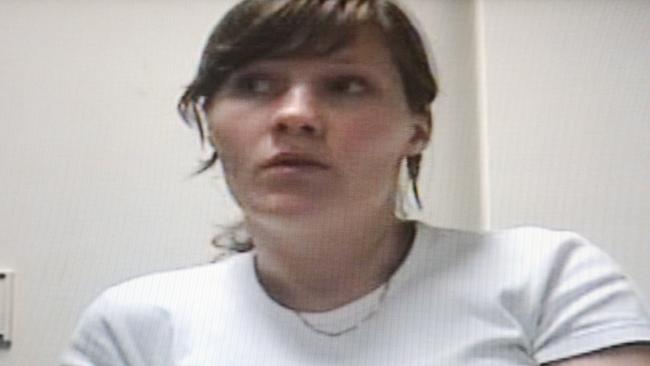
G IS FOR...
MURDEROUS mummy Angelika Gavare thought she had committed the perfect crime.
Gavare bludgeoned her elderly neighbour to death, hacksawed off her head, hands and feet and callously scattered them around a suburban creek in her daughter’s pram, simply because Gavare wanted 83-year-old Vonne McGlynn’s house.
To this date, Ms McGlynn’s head and hands have never been found.
The Latvian immigrant thought she could make a better life for herself and her daughters by selling Ms McGlynn’s home in Reynella, South Australia and keeping the profits.

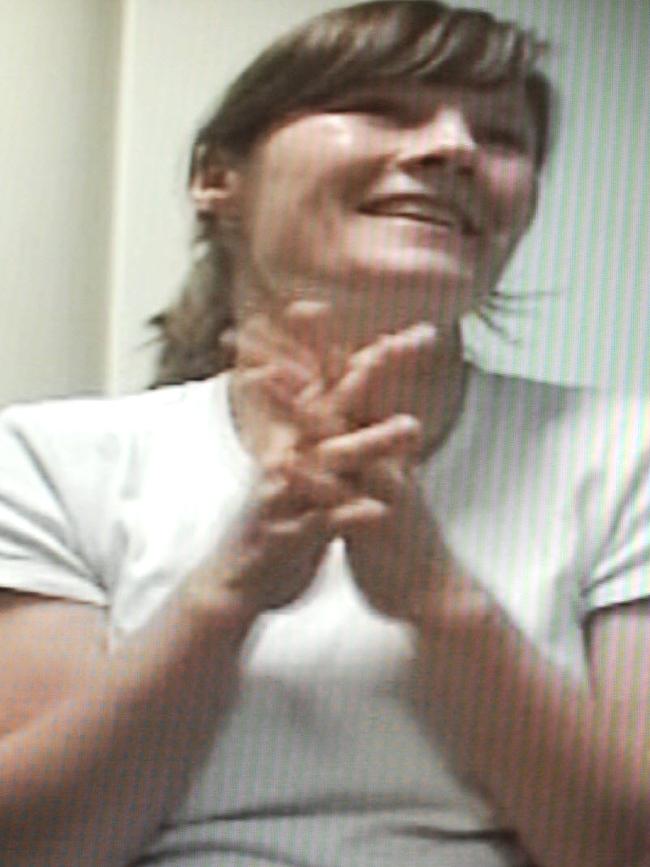
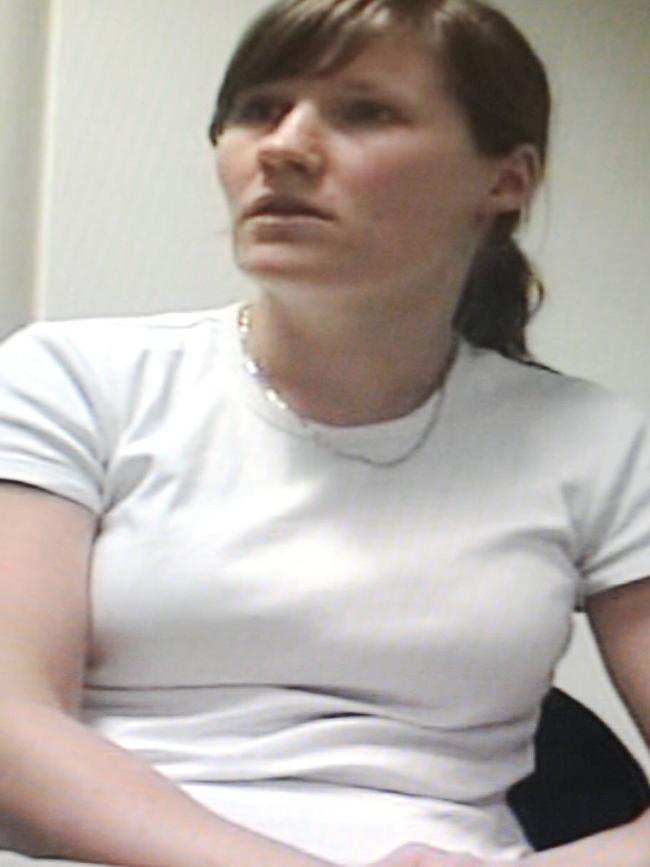
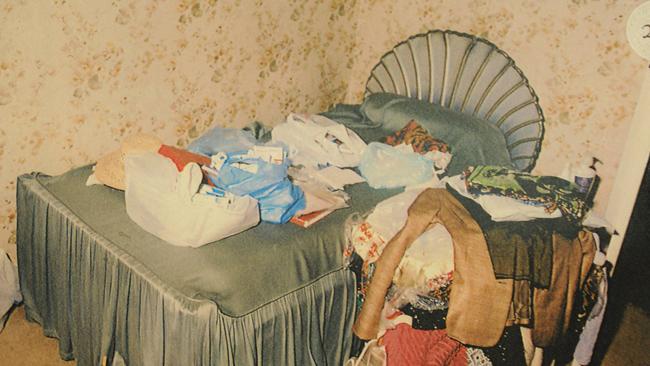
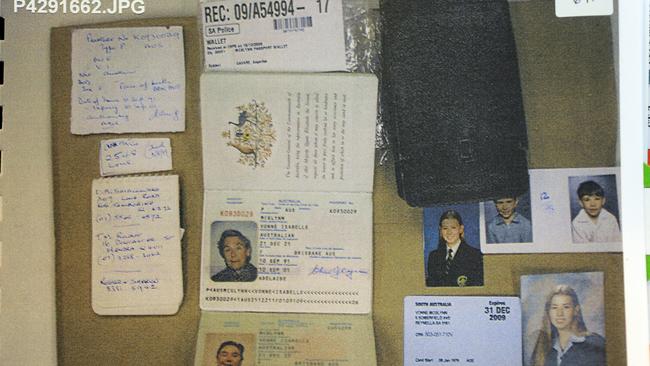
For her plan to work, Ms McGlynn had to be out of the way and so Gavare murdered her.
In one of the most bizarre murder cases in recent times, Gavare’s own mother, Inara Dombrovska, testified against her to police.
She told her daughter’s trial of a horrifying mother-daughter conversation on Christmas Eve, 2008.
“Angelika said she went to Ms McGlynn’s house when (she) was out... then stunned her,” Ms Dombrovska told the court.
“She went back late in the evening and took Ms McGlynn out of the city somewhere south.
“She said she would like to sell Ms McGlynn’s house and buy another house.
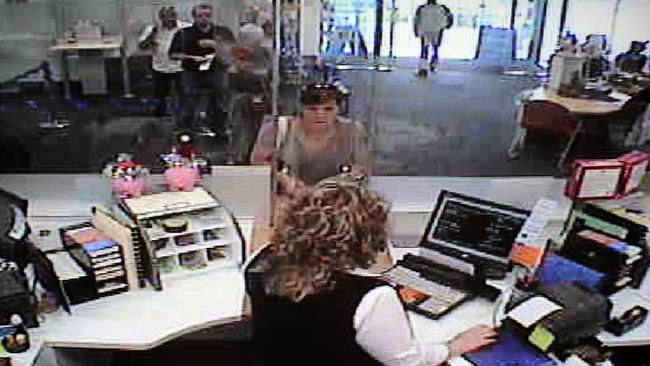
“I said that the police would find Ms McGlynn and Angelika replied, very definitely, that they would not find her.”
Gavare came to the attention of police when, on December 9, she tried to withdraw $2000 from Ms McGlynn’s account from a southern suburbs bank.
Her attempted use of the pensioner’s ATM card and a forged power of attorney made her the prime suspect, as did the smell of rotting flesh in her shed.
She was arrested shortly after police found pieces of Ms McGlynn’s dismembered corpse in a creek, near Gavare’s home, in late February 2009.


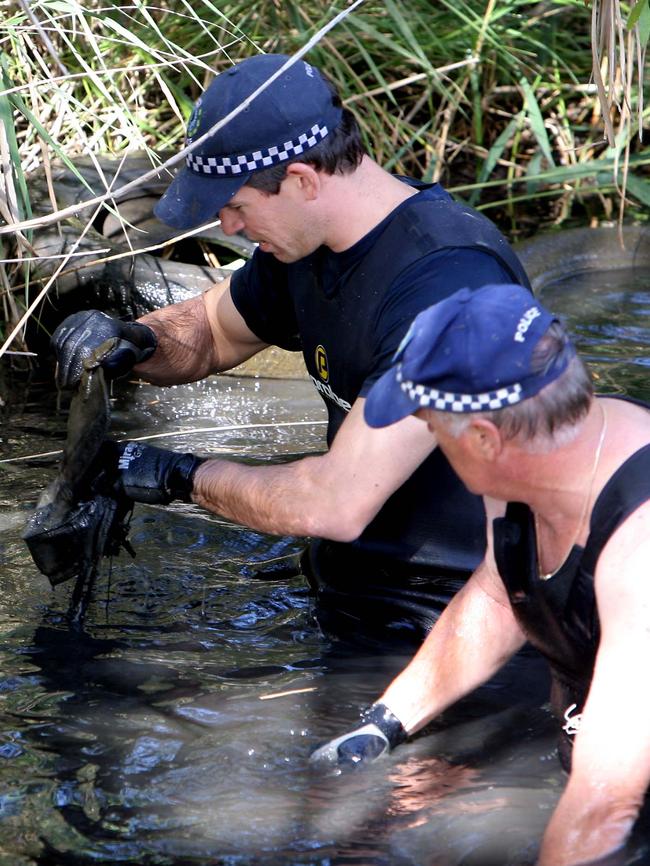
At her trial, Gavare admitted she was a self-interested thief, but insisted she was not a murderer.
She claimed an ex-boyfriend killed Ms McGlynn in a hit-run crash, then forced Gavare to stage a robbery as a cover-up.
In sentencing Gavare to life in jail, Justice Trish Kelly told her: “There is no evidence of contrition or remorse, and you’ve not even had the decency to reveal how you disposed of the head and hands of this most unfortunate woman.
“Your actions reveal a profound disregard and disrespect for human life.”
She unsuccessfully appealed her non-parole period in 2012.


